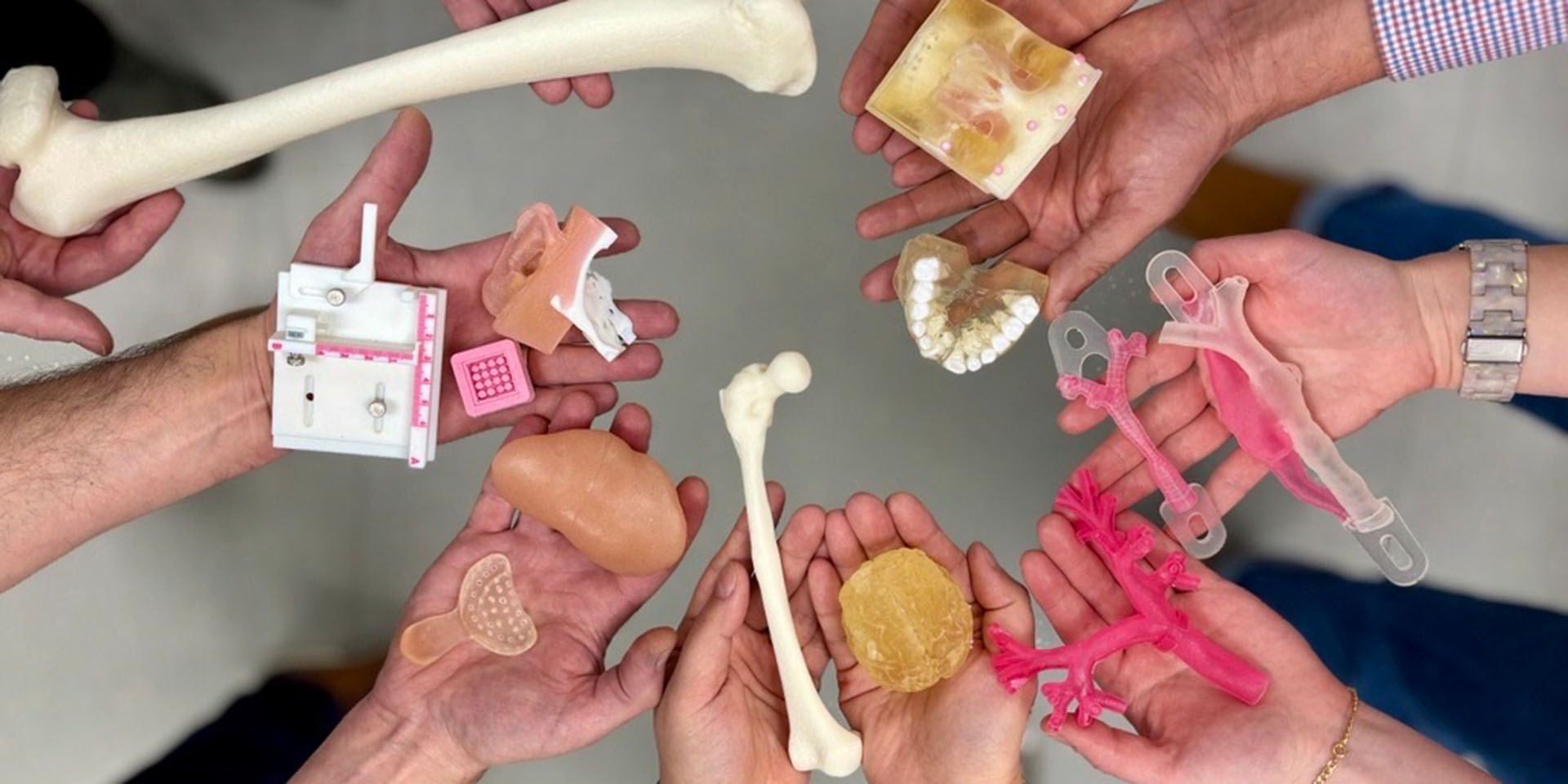
3D Lab
The 3D Lab focuses on a broad range of clinical and research activities related to airway. Main projects relate to:
- developing workflows for image quantification and shape analyses of trachea, larynx, and skull,
- using multi-material 3D printing and mechanical testing of biological tissues to optimize surgical training,
- creating novel reconstruction methods to quantify airway narrowing from endoscopy, and
- applying computational flow dynamics to better understand how these morphometric features affect respiration
The lab also quantifies imaging biomarkers across a broad range of clinical conditions with the aim of improving diagnoses, following progression with greater sensitivity and evaluating biomarker responses to treatment. Examples include projects focused on craniofacial conditions, vascular anomalies, epilepsy, brain tumor therapy using engineered T-cells and muscular dystrophy. With a multidisciplinary team specializing in engineering, software development, 3D printing and surgical robot use, the lab strives to apply emerging technologies to broadly-enhance Seattle Children’s translational goals.
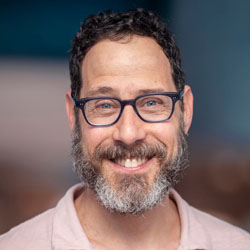
Seth Friedman, PhD
Seth Friedman, PhD, is the manager of Innovation Imaging and Simulation Modeling in the Continuous Improvement and Innovation Department at Seattle Children’s and principal investigator in the Center for Respiratory Biology and Therapeutics. He joined Seattle Children’s in 2008 from the UW Department of Radiology faculty. Dr. Friedman currently oversees the hospital-based 3D imaging/printing resources to develop personalized clinical models and novel training devices. His research is focused on disease biomarkers — with the common goal of refining ways to assess disease severity and optimally monitor treatment response.
-
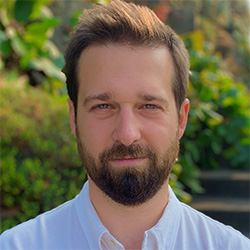
Senior Scientist
Mike Barbour, PhD, is a Senior Scientist at Seattle Children’s Hospital and a principal investigator in in the Center for Respiratory Biology and Therapeutics. Trained as a mechanical engineer, he has expertise in biofluid mechanics and draws on previous experiences developing technologies to improve respiratory health and studying cardiovascular fluid mechanics. His research focuses on obstructive upper airway diseases. By leveraging computational fluid dynamics, advanced image analysis and 3D printing, Dr. Barbour aims to uncover improved indicators of respiratory distress and optimize the efficacy of surgical interventions. He also develops algorithms to reconstruct 2D bronchoscopy exams into 3D models of the airway for diagnosis and surgical planning. https://researcherprofiles.seattlechildrens.org/michael.barbour/publications
-
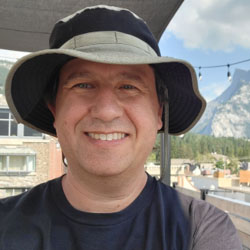
Mike Bindschadler, PhD
Mike Bindschadler, PhD, joined Children’s in 2019 after a postdoc in Bioengineering at the University of Washington. His work focuses on developing new visualization, processing, and quantitative analysis tools for medical imaging, with experience in projects for respiratory, neurologic, lymphatic and cardiac systems.
-

Huy Le, BS
Biomedical Engineer
Huy Le, BS, is a biomedical engineer with a wide range of experience in the medical device industry and clinical environments. He joined Seattle Children’s Hospital in 2022, where he holds the dual role of being the robotic equipment operator for the neurosurgery team, as well as the engineer for the development of anatomical models to enhance surgical training and simulation in complex clinical scenarios.
-
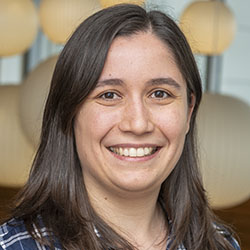
Ezgi Mercan, PhD
Image Analysis Researcher
Ezgi Mercan, PhD, is an image analysis researcher in the Craniofacial Center at Seattle Children’s Hospital and advanced surgical planning scientist at the 3D Lab. After completing her PhD in computer science and engineering at the University of Washington, she joined Seattle Children’s Hospital in 2017. Her research focuses on developing novel algorithms to quantify 3D/4D craniofacial images, statistical modeling of surgical outcomes and growth, and virtual surgical planning including custom 3D-printed models.
-
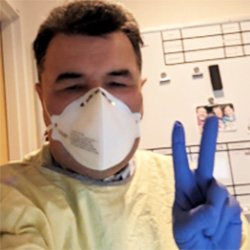
Andrew Poliakov, PhD
Advanced Surgical Planning Senior Scientist
Andrew Poliakov, PhD, has been with Seattle Children’s Hospital since 2009. His work focuses primarily on using Functional MRI and Diffusion Tensor Imaging for surgical planning in epilepsy and tumor patients.
